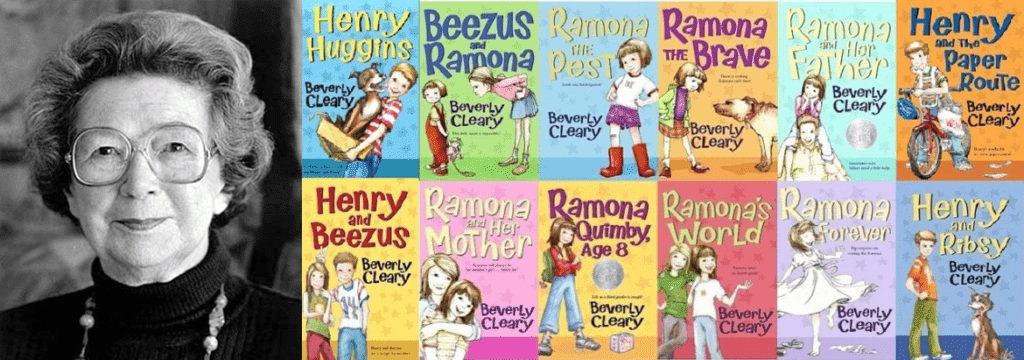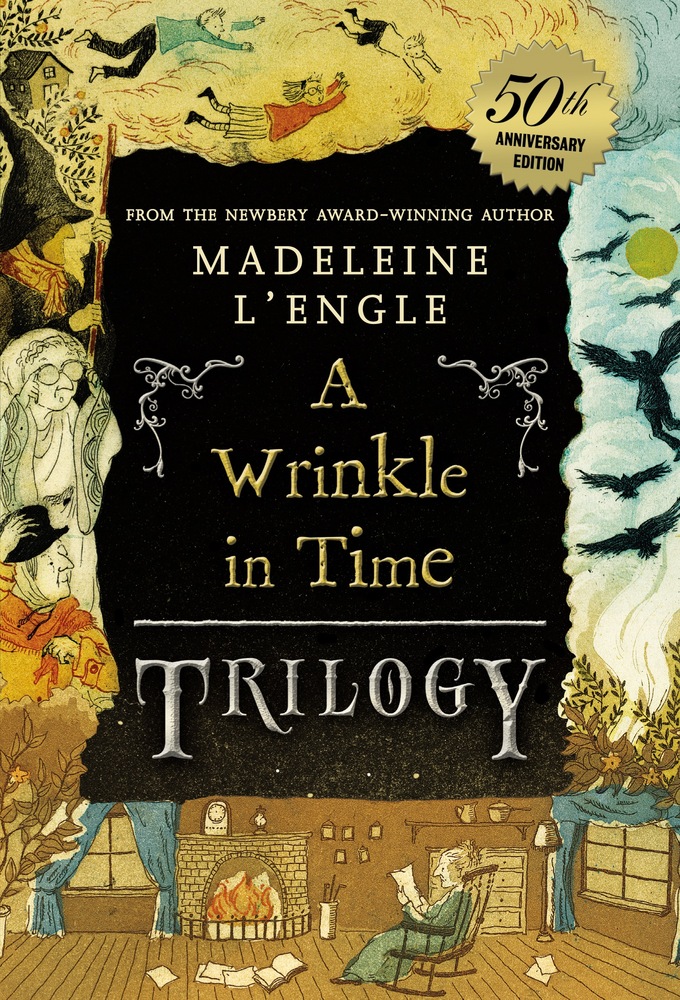“We cannot direct the wind, but we can adjust the sails” – Dolly Parton
Having ranted about the negative impacts of the commercialization of festivals, as I sat back to enjoy a cup of hot chocolate with the day’s newspaper, an article about the Great Banyan Tree of Kolkata caught my eye. The hanging prop roots of the banyan tree emerge new from a branch, then grow towards the soil and hold firm, eventually becoming similar to the main trunk while the original root and trunk still exist. This exquisite wonder of nature, got me thinking. Commercialization of festivals could very well be the new beginning to a more adaptive, inclusive celebration of a special kind that can spread across the globe and take our cultural heritage to places far and beyond.
Globalization is the main reason for the commercialization of festivals, no doubt. But we cannot deny that the very same globalization has made the world’s trade and economy boom across sectors, and made the world more interconnected, leading to the rise of new entrepreneurial opportunities and economic freedom. The commercialization of various festivals should not be seen only in the form of certain food stalls, handicrafts, loom retailers, etc. Commercialization manifests itself in various forms. The most major of them all is the economic boost.
While we might see festivals as celebrations and fiesta, businesses – both local and global see them as opportunities to promote their enterprise and products. An increase in sales, turnover and profit of these businesses in turn paves the way for increased revenue, job prospects and overall economic growth. Local vendors, businesses, crafters, etc., thrive, thanks to these occasions. No one can argue that the happiness index of people too will be at its peak during the festivities as they satisfy their shopping desires be it clothing and jewellery or decorations and renovations.
Arguably, another great impact that commercialization brings with it, is the improved infrastructure. Big businesses and malls are now looking to invest in the grassroots logistics for festivities. They want to provide a one-of-a-kind and better shopping experience than their competition leading to better outcomes, overall quality and creating unforgettable good experiences leaving the people to come back for more.
As many businesses have become more environmentally and socially aware, they are looking forward to finding ways to make festivals more sustainable and safer for nature. Most of them are now looking back at our very own roots, ready to appreciate and apply our cultural connection, taking our festivities global with changes adaptable to the respective human self and environment. Most of the businesses are aiming to reduce carbon footprints, wastes, etc. and involve the people to create awareness about the environment during the festivities.
Commercialization is the evidence of a more globalized world. It could be a boon or a bane, but let’s not forget that even the worst of poisons might sometimes be a cure. The time has come to look at the festivals beyond just joy and celebrations. The quibble for commercialization will continue nevertheless, the urge to progress is pushing people to embrace these inclusive changes while holding on to their cultural beliefs and heritage. We can board the train to growth, or alight and be left behind complaining. I have made my choice. Have you?
Festivals – Memoirs of celebrations or a hub of commercialization? Part 2
By Aryaa Sridar

)
)
)
)
)
)
)
)
)
)